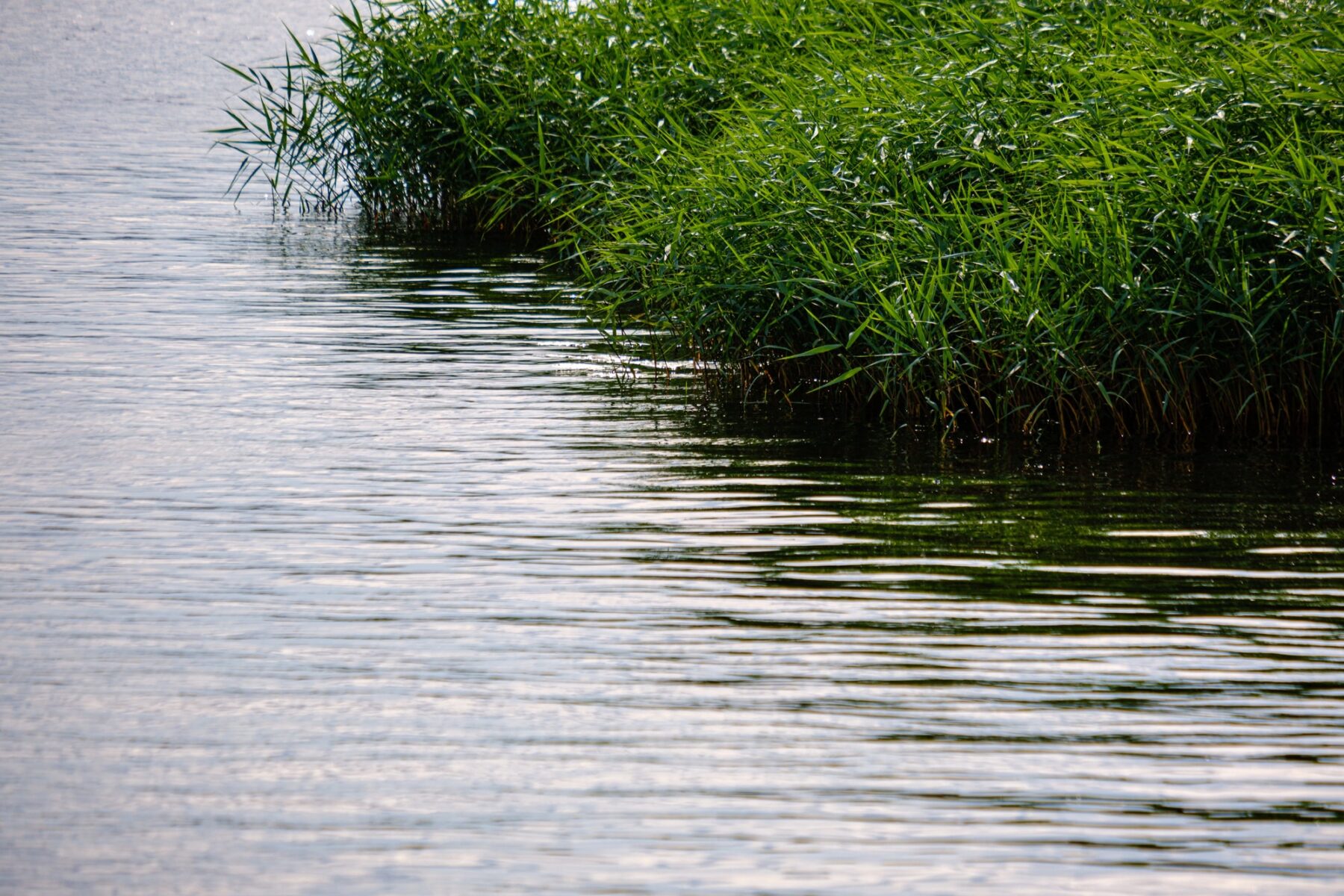Every year, on February 2, the World Wetlands Day Unite people from all over the world to celebrate and protect the value of wetlands. These vital ecosystems support life on earth and offer water, food, existence and resilience against climatic challenges.
In 2025, the subject, “Protect Wetlands for our common future“, Emphasizes the need for collective action to preserve Wetlands as fundamental ecosystems for a sustainable planet.
This year the deadline has been established in the Strategic Wetlands Plan 2030 of the Ministry of Ecological transition so that the autonomous communities update their regional catalogs in the Spanish inventory of wet areasKey figure for protection and preservation.

On the occasion of World Wetlands DayEcologists launch the second report on wet areas and threats and appreciate these ecosystems that are in good preservation essential allies against climate change.
The official data of the National Inventory of Wet Zones (enrobe) They tell us that almost 50% of the Wetlands of our country is or have disappeared in an unfavorable conservation situation and that only 13.2% can be considered in good condition according to “the quality of the habitat that their populations need to birds” .
According to the data treated by environmental groups in your Second report on wet areas and threatsThat will be launched next week, only 1 in 4 cataloged Wetlands appear in that national inventory. So the situation is not good. The first difficulty in the preservation of Wetlands lies in the fact that Spain does not know exactly who has or his situation.
“We must continue to work on the Spanish inventory of wet areasIn which we have data from the homogeneous autonomous communities, because the cartography of the Wetlands is the recognition of their existence, where and how to intervene. Knowing is the key to keep because we know how to do it and that is urgent, ”explains the director of the Eduardo de Miguel Foundation, who says. “We don’t know how much there is in the extermination phase. It is an alarming situation.
This year the deadline has been established in the Strategic Wetlands Plan 2030 of the Ministry of Ecological Transition so that the autonomous communities update their regional catalogs in InzhKey figure for the protection and preservation of ecosystems that disappear three times larger than those of forests.
Spanish inventory of wet areas, ‘essential’
It was law 4/1989 (amended by law 42/2007), of 27 March, about the preservation of natural spaces and animals in the wild and fauna that in its Article 25 ‘the elaboration of a national inventory of moist areas from the information has determined the information provided by the autonomous communities, to know their evolution and, where necessary, to indicate the protection measures that must collect the hydrological plans of the pelvis. “
In the development of this legal mandate, Royal Decree 435/2004, of 12 March, configure, in its articles 3 and 4, The Spanish inventory of wet areas as an instrument for the preservation of WetlandsThis provides information about the number, expansion and state of preservation of those on national territory.
Climate change is an increasingly harmful reality for our nature and health. It causes a continuous rise in average temperatures and an extension of the summers, as well as an increase in sea level that invades part of our populated areas.
Moreover, it promotes the intensification of extreme phenomena, such as floods, which become mortal falls and become a large size of natural disasters.
We know that the most important engine of climate change is the greenhouse effect, that is, the emission of gases that work in the same way as the crystal of a greenhouse, whereby the heat of the sun retains instead of going space; And the temperature rises. And we also know that the CO2 produced by human activity is the most important responsible.
Wetlands stop the climate
That is why finding strategies and allies who avoid the issue of these gases and promote the absorption of CO2 is crucial to stop this trend, even starting to reverse them. Wetlands are powerful carbon pits when they are in good condition.
Wetlands have the opportunity to save between three and five times more CO2 than tropical forests, they are also natural shock absorbers and play a fundamental role in reducing our vulnerability to extreme meteorological phenomena.
Specifically, for remembering events in the neighborhood, protect the coasts of sea level and tides and limits coastal marsh lands, together with continental wetlands, floods and droughts by regulating water flows. Without the protection of the Albufera we would have regretted serious consequences in the coastal municipalities of its environment.
Wetlands in good condition reduce climate change And yet those in a changed state become emitters of greenhouse gases. The key to the article that these ecosystems play is their state of conservation: by keeping them in good condition, we create deposits that absorb and store that carbon dioxide, reducing their levels in the atmosphere.
Planting official data as the third country in the world in the number of Wetlands of international importance, so the potential for these allies is clear.
Activities at World Wetlands Day 2025
Global Nature celebrates the World Wetlands Day With educational and awareness activities that this year investigate their role as allies against climate change. + Info.

